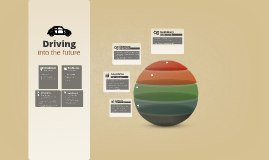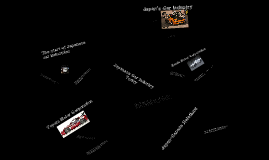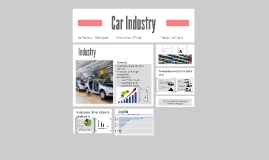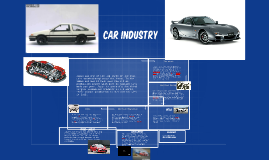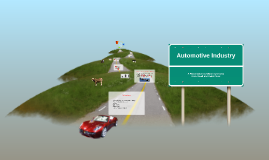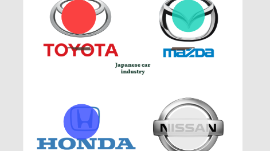Car Industry
Transcript: Japan's Car Industry The Japanese automotive industry is one of the most prominent industries in the world. Japan was the world's largest vehicle manufacturer in 2008 but lost one rank in 2009 to current leader China. The start of Japanese car industries The first Japanese car 1958-1970 The japanese started in 1960, They started with small cars so ther would be lower taxes than the larger cars. Rapidly increasing domestic demand and the expansion of Japanese car companies into foreign markets in the 1970s further accelerated growth. Japanese Car Industry Today Japan's car industry continues to flourish, its market share has risen again, and in the first quarter of 2008 Toyota surpassed American General Motors to become the world's largest car manufacturer. Today, Japan is the third largest automobile market and, until China recently overtook them as the largest car producer in the world. Still, automobile export remains one of the country's most profitable exports and is a cornerstone of recovery plan for the latest economic crisis. Mazda Motor Corporation In 2007, Mazda produced almost 1.3 million vehicles for global sales. The majority of these (nearly 1 million) were produced in the company's Japanese plants, with the remainder coming from a variety of other plants worldwide. Mazda began as the Toyo Cork Kogyo Co., Ltd, founded in Japan in 1920 Toyota Motor Corporation The company was founded by Kiichiro Toyoda in 1937 as a spinoff from his father's company Toyota Industries to create automobiles. Three years earlier, in 1934, while still a department of Toyota Industries, it created its first product, the Type A engine, and, in 1936, its first passenger car, the Toyota AA. Japan-Canada Relations 23.4% of all automobiles imported to canada are from Japan, and cost $16,928,835,200






